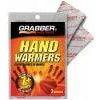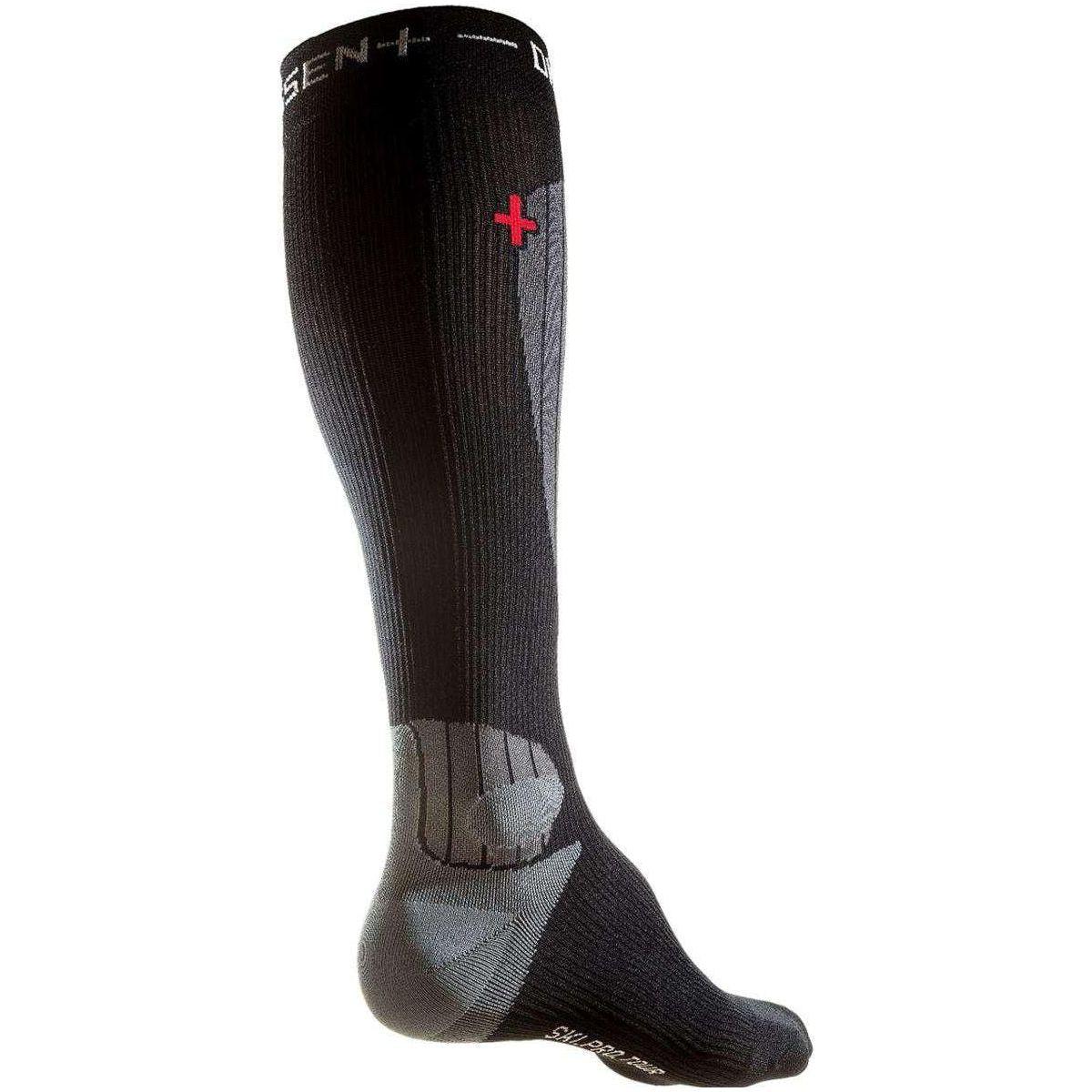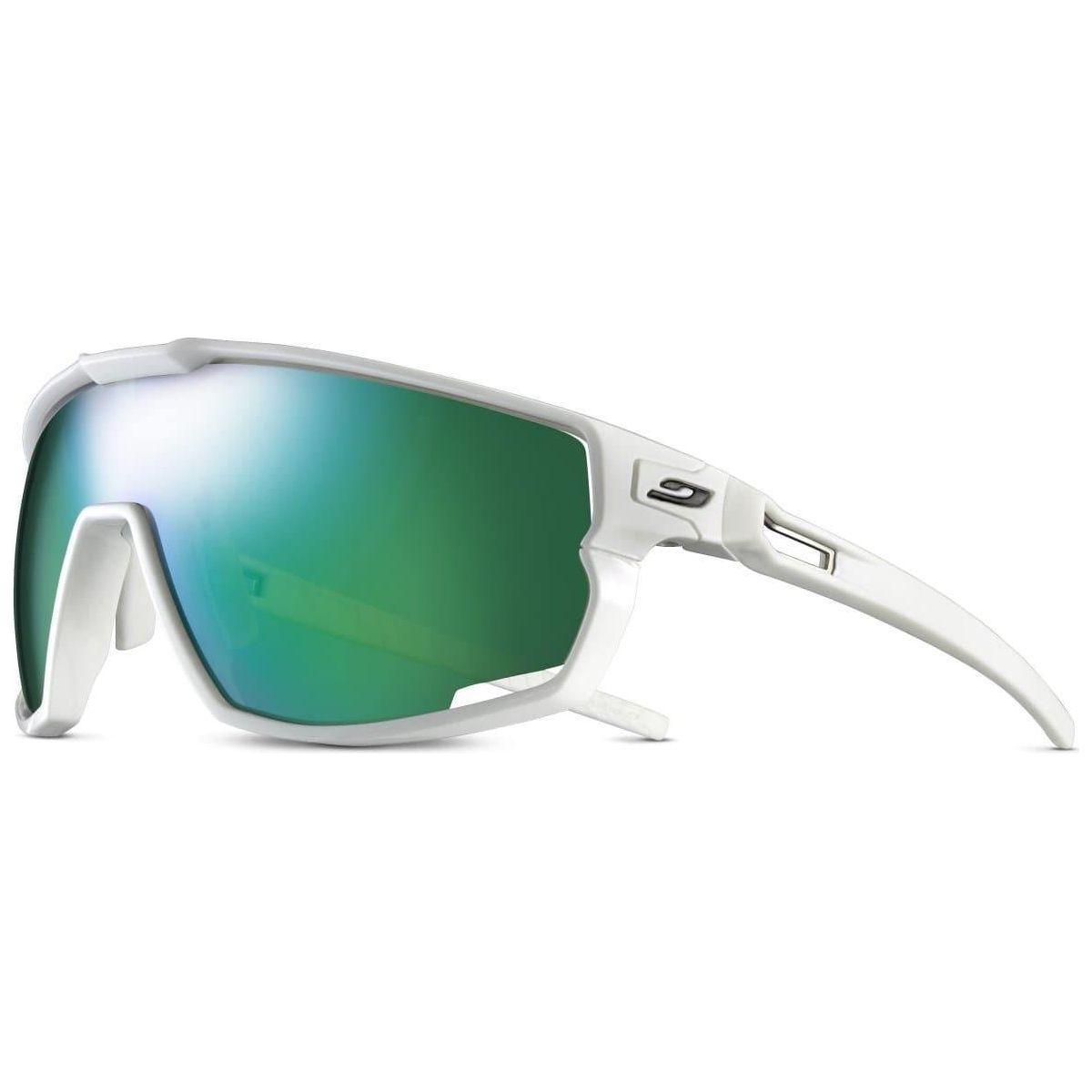Heat molding AT boot liners is a simple process if you take your time and think about what your are doing. For some liners this can be done at home by baking the liners in your oven, but it is too easy to ruin your liners this way so it is best to take it to a shop that does boot fitting. It is inexpensive and takes only takes about 30 minutes. It should first be noted that liners do not always have to be heat molded. If they feel relatively comfortable right out of the box you will get more life out of the liners by breaking them in on the skin track. Think about it like this: heat molding takes the two week process of breaking in liners down to about 15 minutes and that's at least two weeks more use up in the liners. Not a huge difference but if you don't need it than don't waste it.
Before beginning the process of heat molding liners it is important to first check that you have the correct size boot. You'll do what's called a "shell fit" by taking the liners out of the boot and sliding your feet into the empty shell. With your feet in the boot (barefoot or with a thin ski sock) and your toes lightly touching the front of the boot, check the spacing between your heel and the back of the boot. You should have between 1-2 fingers inside the boot. Any tighter is too small and only acceptable for experienced skiers who prefer a "performance fit." Any more than 1-2 fingers and the boot will likely lead to blisters as well as difficulty skiing.
Once you have confirmed the sizing is correct, REMOVE THE FOOTBEDS from the liners, place them back in the boot, put boots on the heat stacks set to heat for 12 minutes and start the timer. Boot ovens used to be much more common, but significantly reduce your margin of error. For example you will likely ruin any Dynafit liner in an oven. Therefore, ovens should only be used for molding Atomic Backland boots and liners. More on that here. Once the boots are heating it is time to prep the feet.
You will need the thin socks we have for just for heat molding, toe caps and possibly foam padding. Toe caps go directly on the bare feet and create room in the toes by setting the heel back into the “heel pocket” There are two different size toe caps you can use based on how tight the boots feel for the customer. Occasionally when toes are feeling really tight you can double up on toe caps. For anywhere else on the foot that has pain you will add foam padding directly to the bare foot. This will commonly be on either side of the forefoot, over the instep and on either side of the heel. We have some pre-cut pads or a foam roll to cut out the exact size and shape you need. Just like the toe caps, the size of padding you use is based on how uncomfortable the area is. Once you have toe caps on and any other padding needed you will slide the heat molding socks over top of caps and padding.
New boots are in the box with plastic bags and it is a good idea to slide these plastic bags over the liner socks to make it very easy for feet to slide into the boots when the liners are hot and expanded.
Smooth is Fast and Fast is Smooth. When the timer goes off people love to freak out, like the weight of the world depends on how quickly you can get feet set inside the liners. This is certainly not true and if you run into any problems you can always reheat the liners, but rarely is this necessary. So, remain calm and think about what you're doing. Have the customer stay seated and place both feet in the boots before buckling either. Have them kick heels lightly to make sure heel is set. Then pull up firmly on liner around calf and lightly on liner around shin. Begin buckling up the boots starting at the top and working your way down. People love to over tighten buckles here, but you will over compress liners, so set the buckle about where they would be when skiing. The only time you over tighten would be if there are problem areas in the forefoot for which you are over tightening to create extra room
Once boots are all buckled, look them over. Did you get every buckle? Power strap? Make sure both boots are in ski mode and then have customer stand up. Place feet, shoulder width apart, on 1/2" thick board with board just in font of balls of feet. Lean forward and make sure boots are locked into ski mode. The cool time is 10 minutes and you want to be leaning slightly forward with light pressure against the tongues simulating your stance while skiing. The boots will feel tight and uncomfortable during this process. Uncomfortable now means comfortable later.
If you loose track of time during the cool off your can always feel the shell of the boots. If the shells are mostly back to room temperature the Liners are ready to go. Slide feet out of the boots and check the inside of the liners for any creases. If there are any creases that will cause discomfort than you will need to remold that liner. If the inside looks and feels good than slide feet into ski socks and try boots back on. The boots will break in just a bit more once out skinning and skiing. So any minor areas of discomfort will go away. Any areas that will be uncomfortable for the customer if they spent an hour in the boots should be fixed right away.
Liners can be remolded on the spot as many times as needed, but this is extremely rare and should never take more than 2 times to get it correct. After the liners have been skinned and skied in there is a limited number of times they can be remolded. 2-3 times is really the max but depending on how used and how old they are liners can sometimes be done up to 5 times.



